The Whole Wide World
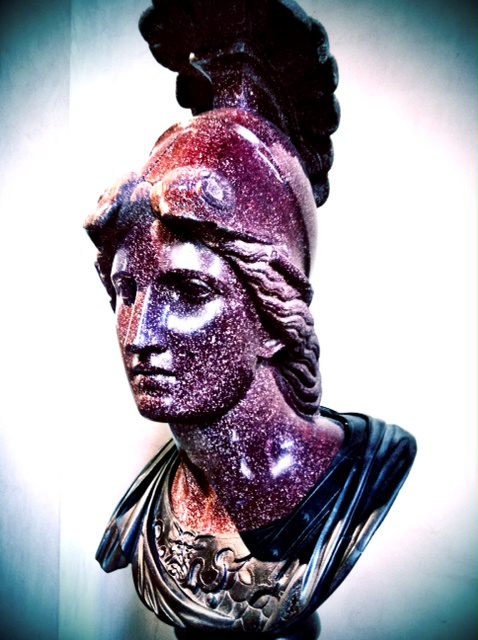
My son Matthew and I went to the Louvre today, just the two of us. Above, the first rendering of the Greek goddess Pallas Athena that we found. It was hypnotic (and yes, she was rendered in purple stone). Hypnotic, not only because of her perfect beauty, but because I have been steeping myself in “The Odyssey” these past few weeks, and have come to love her. I have seen Greek busts before, but this one I saw through different eyes. It was not merely an object of aesthetic contemplation for me this time, but was an image of a person (a “person”) I have come to have great affection for, in reading an epic poem written by someone who believed she was real, for people who believed she was real.
And then we found the rooms with Greek ceramics. “Look, Dad!” said Matthew. “It’s Odysseus and Circe!” Indeed it was. Below, one side of a Greek vessel, on which appears the scene in The Odyssey in which Circe tries to bewitch Odysseus with her wand (I apologize for the blurriness; the light was low in the room):
And at the other end of the room, Matthew found a vessel depicting the riveting scene in which Odysseus and his men escape Polyphemos, the Cyclops, by strapping themselves to the underside of his flock of sheep (again, sorry for the blurriness; it couldn’t be helped, given that flash photography is not allowed there):
Standing in front of this object, it occurred to me that some ancient Greeks may well have poured wine or water from it to drink while listening to “The Odyssey” being recited. My spine tingled, and emotion welled up so deeply inside me that I burst into tears. Matthew, who is a master of deflecting deep emotion with clever remarks, said, “It’s like the Luke Skywalker glass of its era.” I burst out laughing, because he was exactly right.
Even so, this was a profound moment, certainly for me and I think for both of us. This, as well as the statues of Athena, made the epic poem we’ve been reading and talking about live in a way it had not before. I was suddenly so deeply, deeply grateful for this introduction to the classics that we are able to give to Matthew, and in turn that I’m giving myself. Again, I have seen Greek ceramics and busts before, but never with the eyes that have come to me thanks to this reading of “The Odyssey.” I am so hungry and thirsty for more — and so is my son. We were walking on air today in the Louvre. Look at this: two busts of the Emperor Hadrian, the one in the foreground sculpted shortly after his death, the one in the rear sculpted from life:
“Matt,” I said, “that’s what Hadrian looked like. The Roman emperor. That was him.”
Dazzling.
And the Italian Renaissance paintings! I was at such a loss, because I know so little of the art of the Italian Renaissance. But the colors, and the tenderness on the faces of so many of these subjects, inspired something close to rapture. Look at this one of the Virgin; I forgot the name of the artist:
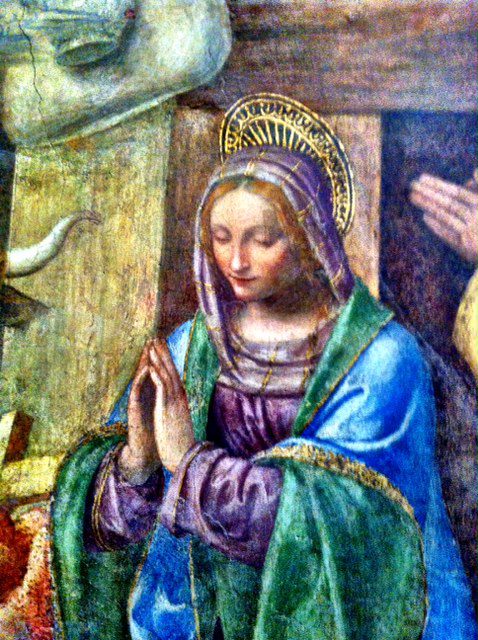 We saw the Venus de Milo, and marveled at the perfection of the lines, and wondered how the Greeks had done what they did with sculpture, and why it was that no one had ever bettered them, and if it was even possible. We saw in the Egyptian rooms a display showing the development of Egyptian writing, from hieroglyphics up to a crude form of Arabic writing. We saw portraits of people from Greek Egypt, and thought about the famous icon of Christ Pantocrator from the St. Catherine Monastery on Mount Sinai, a copy of which Matthew has in his room at home, and which looks a lot like those Byzantine empire people we saw today.
We saw the Venus de Milo, and marveled at the perfection of the lines, and wondered how the Greeks had done what they did with sculpture, and why it was that no one had ever bettered them, and if it was even possible. We saw in the Egyptian rooms a display showing the development of Egyptian writing, from hieroglyphics up to a crude form of Arabic writing. We saw portraits of people from Greek Egypt, and thought about the famous icon of Christ Pantocrator from the St. Catherine Monastery on Mount Sinai, a copy of which Matthew has in his room at home, and which looks a lot like those Byzantine empire people we saw today.
On and on like that. We finally had to leave, because it was too much.
Walking back across the river, I thought: I am so joyful we did this, this trip to Paris. Thank you, God, for giving this opportunity to us. It has been so thrilling. To walk through the Louvre with my son, to be with him in front of the Greek ceramics, and Pallas Athena, given how much pleasure we’ve had together reading “The Odyssey” — well, words can’t describe how much it meant to me. And to have him teaching me things as well! Something happened between us today to bring us closer, and has been happening with us since we started “The Odyssey” together. Dear readers, this has been a costly trip, in monetary terms, but the experiences we have been having are priceless. If something like this is at all within your means, please do it. Please!
My second thought — and I’m not sure what to do with this, other than to keep rolling it around in my mind — was about the contrast between the pagan statuary and the Christian statuary and paintings. It was startling to see all the images of Christian myths and figures on the walls of the Louvre, knowing how the myth has all but died in Europe, where all these beautiful images emerged from a culture that really believed the stories these images carried. One of you kind readers suggested a short while ago that I read M.I. Finley’s book “The World of Odysseus.” In the first pages, Finley says that some people today believe the Greeks were too sophisticated to believe in their myths. That’s totally untrue, Finley says; they did believe in them quite strongly, because when people begin to see myths as mythological truths, not true truths, they lose all their power.
This has happened to Christianity in Europe. There are still believers, but the myths have lost their direct power for most people. They look upon the Christian canvases of Botticelli and Tintoretto as they look upon the Greek sculptures: as objects of aesthetic value and contemplation, but only that. Until I imaginatively entered a few weeks ago the world of Odysseus, which is a world in which Pallas Athena really lived, I couldn’t understand in the least what it must have felt like for an ancient Greek to gaze upon a bust of Athena.
Now I have an inkling of what that must have been like, and it deeply moved me to be among the Greek statues today. But there was this, too: what must it have been like for a Greek pagan — someone who believed in the old gods, I mean — to have walked among those statues and temples after Christianity had conquered the imagination of his society, but not yet eradicated all belief in the old religion?
Would he have felt as melancholy and forlorn as I felt at times today, walking among the Virgins and the Saints and the Christs Crucified in the Italian Renaissance gallery today? I imagine he must have, the poor soul.
The whole wide world is in the Louvre. Many worlds. Good God, what a gift! Life is too short. I wish I had not wasted so much time.
UPDATE: To clarify that last comment, I don’t believe that any time spent not studying things inside the museum is necessarily wasted. What I meant by that is that I spent far too much time just drifting through life, unaware, and more or less indifferent to my unawareness. Toward the end of our visit to the Louvre yesterday, contemplating the massive difference having read “The Odyssey” (and listened to Prof. Vandiver’s lectures accompanying them) made for me in the way I now regarded Greek art, I couldn’t help wondering how many other works of art I walked past, their truths hidden from me by my laziness and functional indifference.
The same is true for people. I had another strange thought as we were breezing through a gallery of northern European sculpture, and had to make a firm decision not to stop and look, because we were running out of time and wanted to get to a gallery in another part of the Louvre before we had to go. I had to make a conscious choice not to stop and look at these art objects around me, not to pause to think about them and try to enter imaginatively their world. This was a decision to avoid looking at extreme richness. How alike this is, I thought, to the decision I make every time I walk out on the street in this city not to look, or rather, not to see, the beggars, in their extreme poverty.

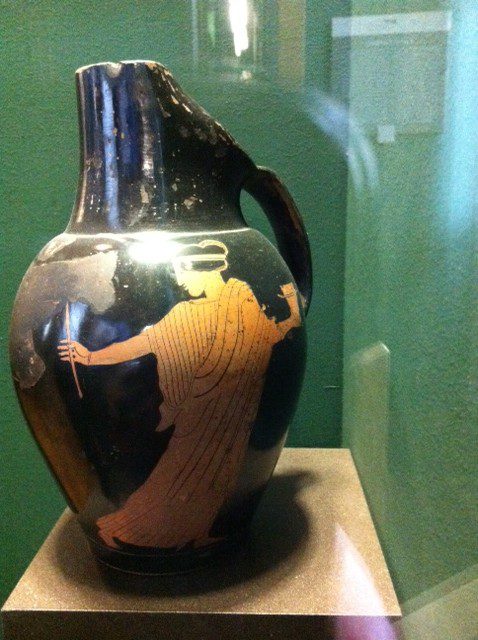
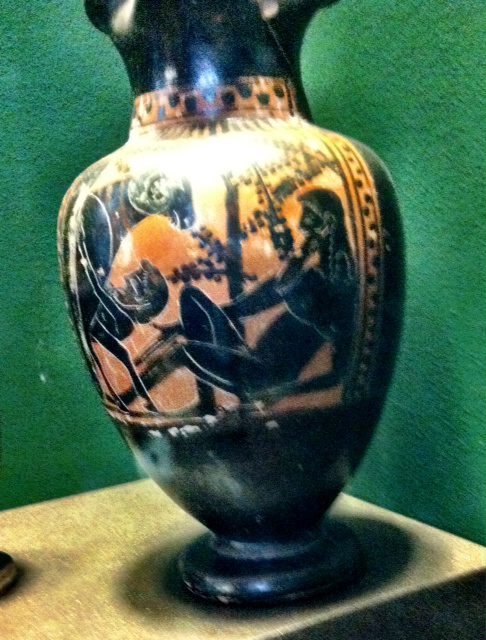
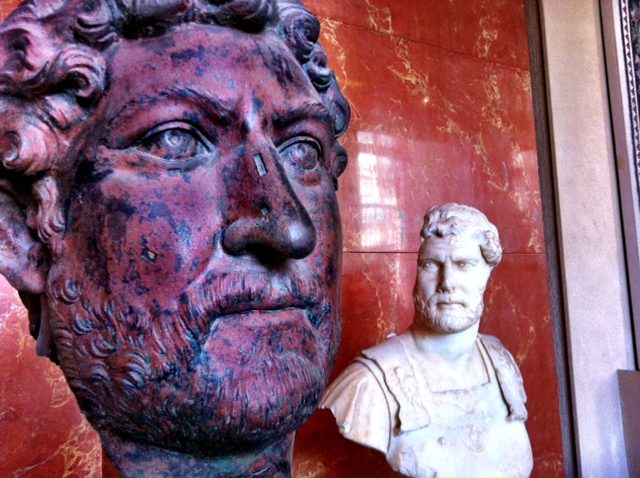
Subscribe for as little as $5/mo to start commenting on Rod’s blog.